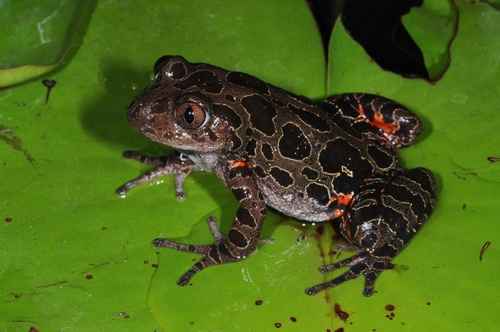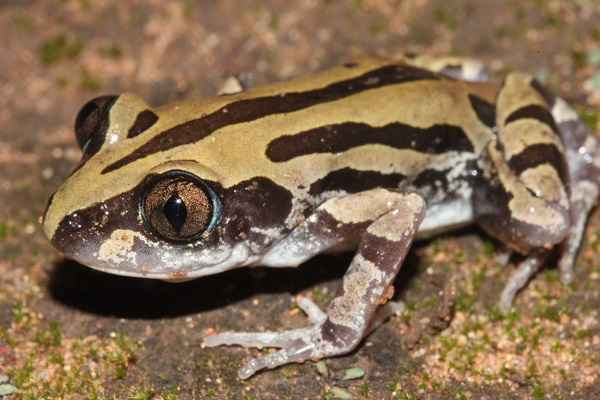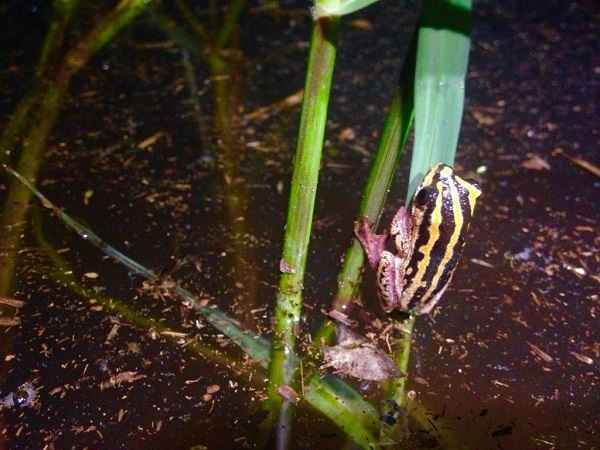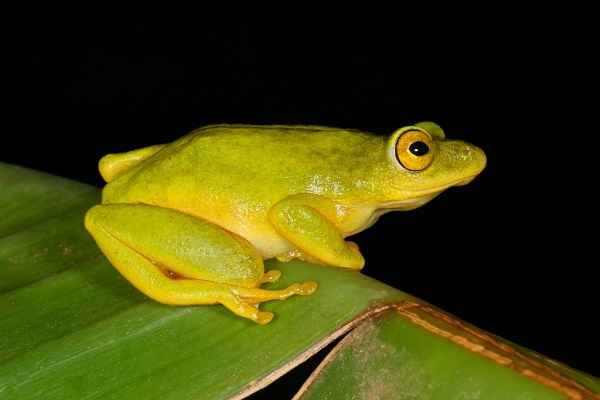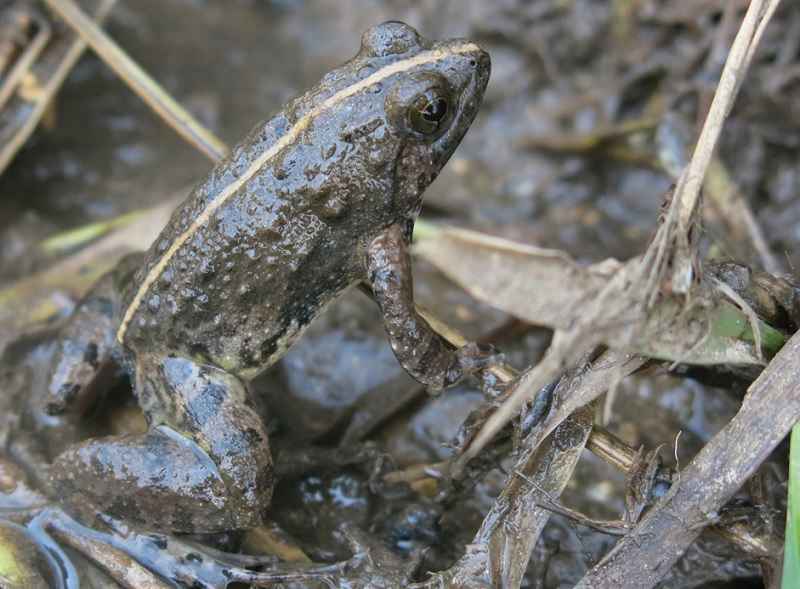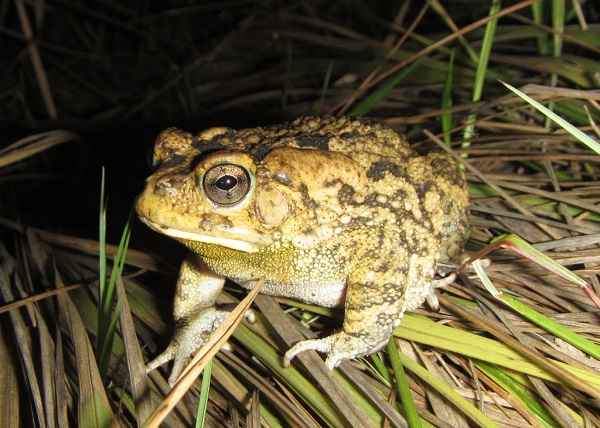Red-Legged Wot Wot
The Red-Legged Wot Wot is one of the eight species known to live at Gruispan. It is common in sub-tropical areas of South Africa and thrives in a variety of habitats from savanna to wetland areas. The Red-Legged Wot Wot walks, rather than hops and is easily recognised by the bright red colour on the inside of its hind legs.

